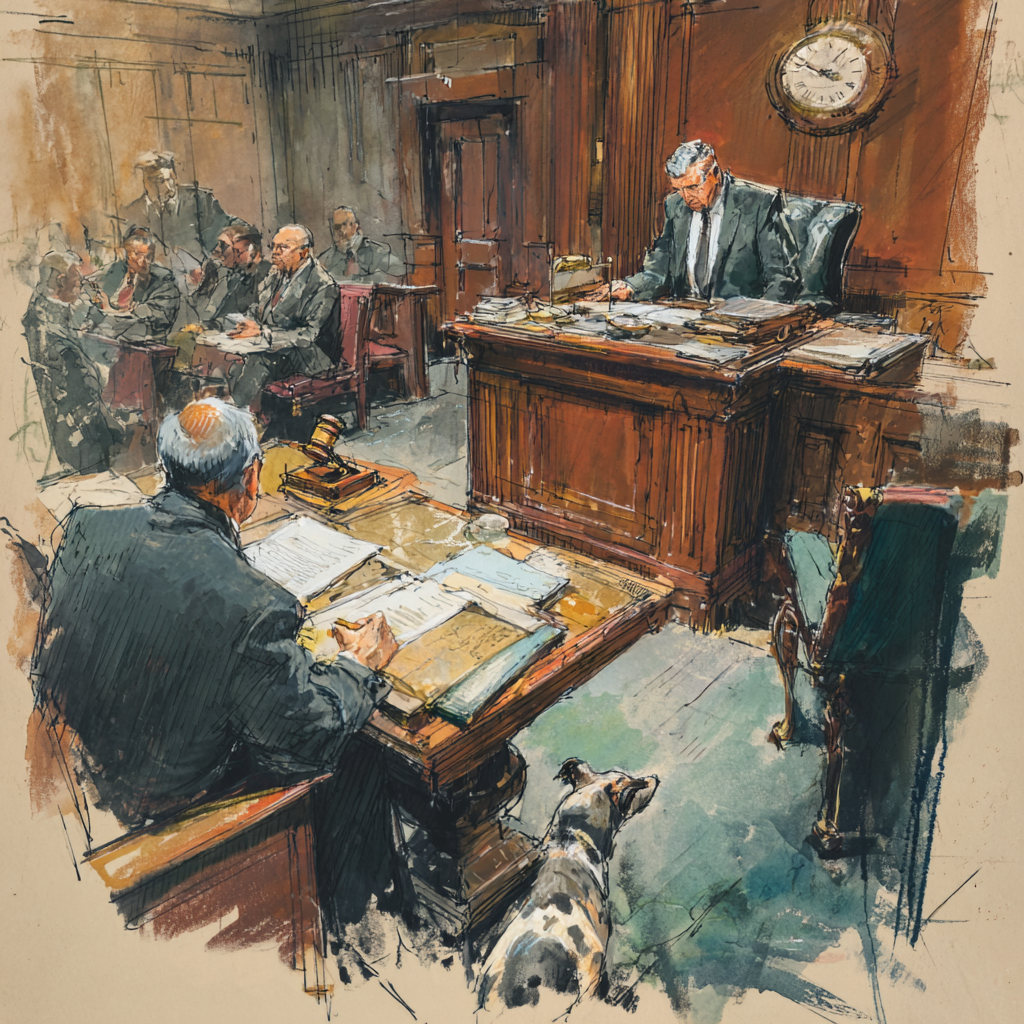Galetta v Galetta, 2012 NY Slip Op 04865 (4th Dept. 2012)
We here about the now dead(?) certificate of conformity. How about the certificate of acknowledgment that must be annexed to a prenuptual agreement? In a procedurally interesting 3-2 decision, the Fourth Department says “maybe”.
Factually, Plaintiff moved for summary judgment in a matrimonial action seeking to declare that the prenuptual agreement was invalid. The motion was based upon the failure of the acknowledgment stating that the deponent: “knows or has satisfactory evidence, that the person making it is the person described in and who executed such instrument.”
The Court held that this could be cured based upon the facts in the record. According to the Court,”Here, defendant is not attempting to cure the complete absence of a contemporaneous acknowledgment. Rather, he is attempting to submit evidence that there was, in fact, a proper and contemporaneous acknowledgment at the time the prenuptial agreement was executed. In our view, the affidavit from the notary who took [*3]defendant’s acknowledgment is sufficient to raise a triable issue of fact whether “the parties . . . contemporaneously demonstrated the deliberate nature of their agreement” (Schoeman, Marsh & Updike v Dobi, 264 AD2d 572, 573, lv dismissed 94 NY2d 944, 97 NY2d 721, lv denied 100 NY2d 508; cf. Leighton v Leighton, 46 AD3d 264, 265, appeal dismissed 10 NY3d 739). The statements of the notary, i.e., that it was his usual and customary practice to ask and confirm that the person signing the document was the same person named in the document and that he or she was signing said document, “constitute competent and admissible evidence concerning routine professional practice sufficient to raise a triable issue of fact” (Gier v CGF Health Sys., 307 AD2d 729, 730; see generally Halloran v Virginia Chems., 41 NY2d 386, 389). We thus conclude that the court properly denied that part of plaintiff’s motion for summary judgment seeking a determination as a matter of law that the parties’ prenuptial agreement is invalid.”
I mention this because what do the rules of curing deficiencies in this type of certificate and the infamous certificate of conformity have in common?
Well, not a whole heck of a lot.









